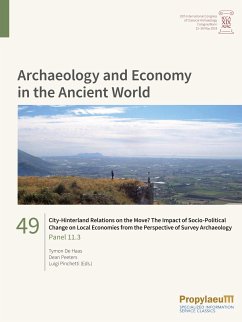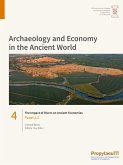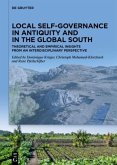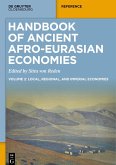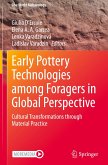While the impact of major societal transformations on town and country has always been a central topic in field survey archaeology, recent methodological and theoretical advances are offering novel perspectives on this subject. Increasingly intensive field walking techniques, artefact collection strategies and both typological and technological artefact studies have transformed our understanding of rural settlements and ceramic consumption, especially of local (coarse) wares. These developments enable us to study changes in local systems of production and exchange with much more spatial and chronological detail, and in turn contribute to a revision of the impact that large-scale transformations had on local settlement systems and economies. The papers in this volume explore how survey archaeology can refine our understanding of the links between socio-political change and local economic landscapes. Focusing on different micro-regions in Italy and Greece, the papers present new work that combines archaeological field surveys and ceramic research. Using both tested and novel methodologies, they explore socio-economic change (in consumer practices, systems of agricultural and artisanal production, exchange networks) in the context of the development of the Greek polis, of Roman expansion in different parts of Italy, and of the transformation of Late Antique (local) landscapes in Italy and Greece.
Hinweis: Dieser Artikel kann nur an eine deutsche Lieferadresse ausgeliefert werden.
Hinweis: Dieser Artikel kann nur an eine deutsche Lieferadresse ausgeliefert werden.

